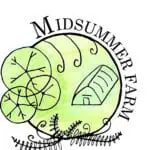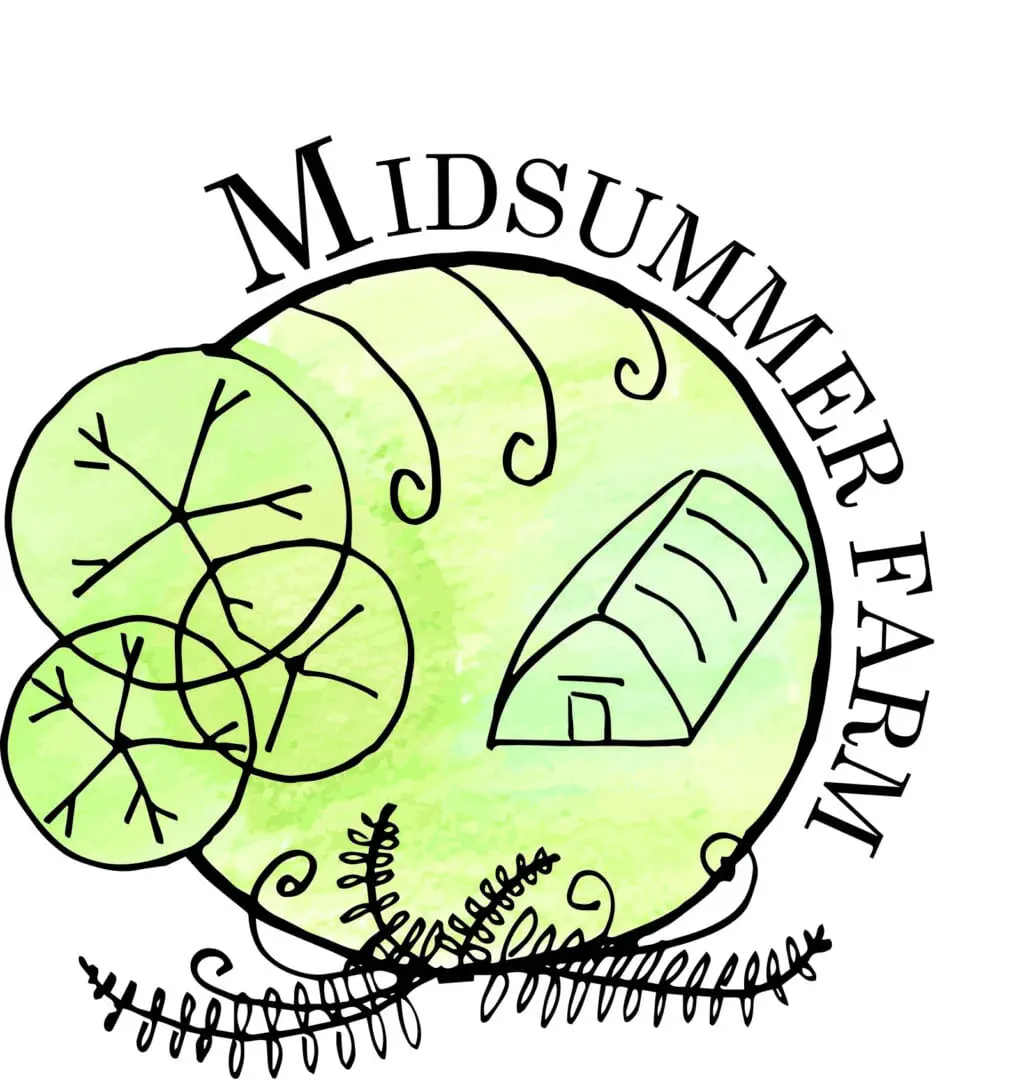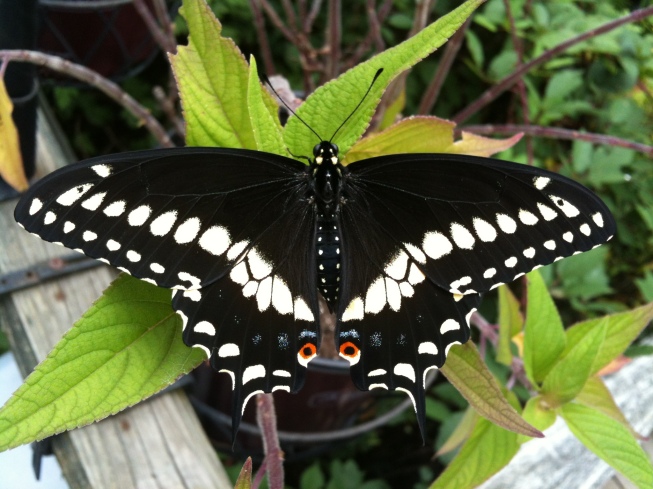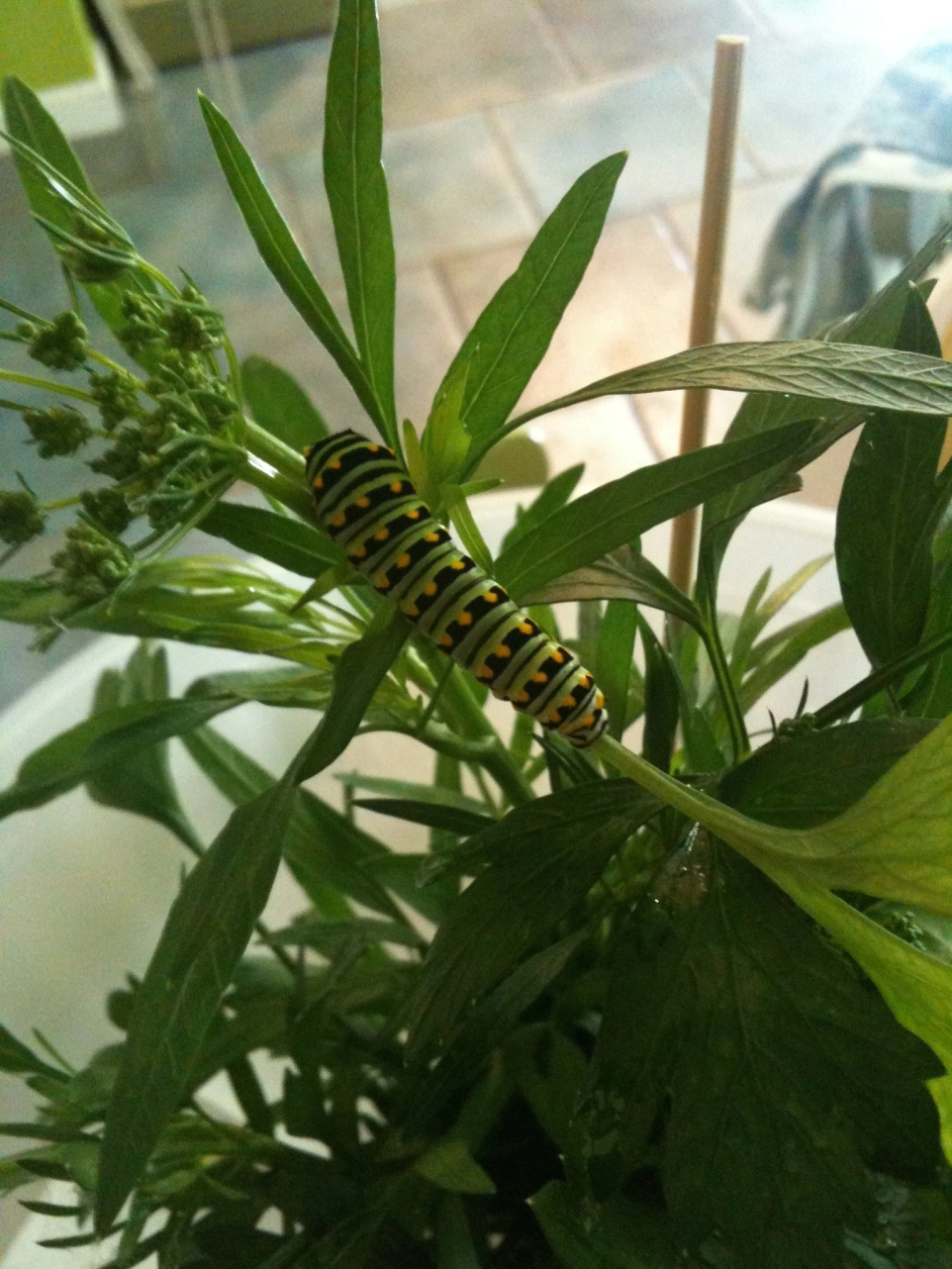
BLACK SWALLOWTAIL LARVAE!
It is something we do every summer – when we see the larvae or caterpillars of Black Swallowtail Butterflies on our Umbelliferae family plants, we bring them inside the house to mature and pupate.
The Umbelliferae family of plants consists of many common and uncommon but highly medicinal herbs such as parsley, dill, carrots, parsnips, Queen Anne’s Lace, Angelica, and many many more. You’ll notice either the black swallowtails laying eggs on these plants or you’ll just see the larvae themselves. The caterpillars start out dark with a white splotch around their center. They look like a song bird dropping. That how they keep from getting eaten. Then after a few instars, or stages where they peel their skin and get bigger, they become the beautiful and alluring green-black-yellow worm you see in the photo above.
These Black Swallowtail Caterpillars are easy to care for. They are pleasant worms, getting along with one another. And they are alluring to watch as they eat. They do eat a lot! And they grow very fast.
I set them up in a bowl or terrarium by cutting a big bunch of either parsley, dill or fennel. I wrap a paper towel around the stems and then shove the paper towel wrapped stems into a glass of water. The paper towel serves two functions: it holds the herbs sturdy and if a worm falls into the water, it can easily climb out by using the paper towel.
Within a week or so the caterpillars are huge and plump. And then they start looking for a spot to do one final instar and pupate. They will need some sticks put into their enclosure at about 45 degree angles.
A couple weeks later, the pupas will hatch into black swallowtail butterflies. We keep our eye on the pupas so we can release the butterflies soon after hatching. You’ll know the pupa is getting ready to hatch when it gets darker in color.
Caterpillars are delicate and lots of things eat them – we feel that by protecting some, we will up the ratio of good larvae to bad, add more genetic stock, and give these beautiful bugs a step up on the not-so-beautiful.
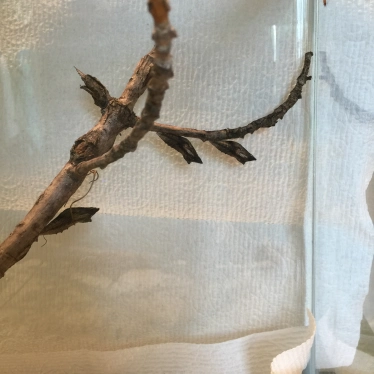
Pupas – The Caterpillars make Brown Pupas on Sticks and Twigs and they make Green Pupas on Green Stems. I have seen some make a light tan colored pupa on a light green stem, truly matching and effectively camouflaging.
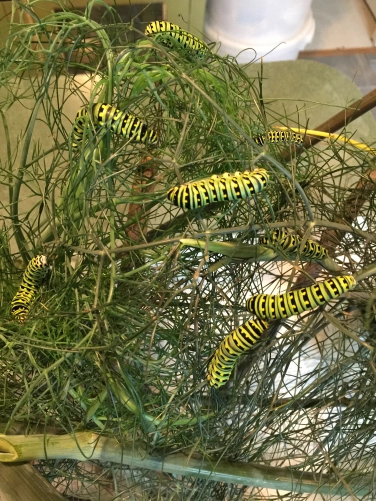
For more great info on attracting good and beneficial insects take a look at the Xerces Society Page.
